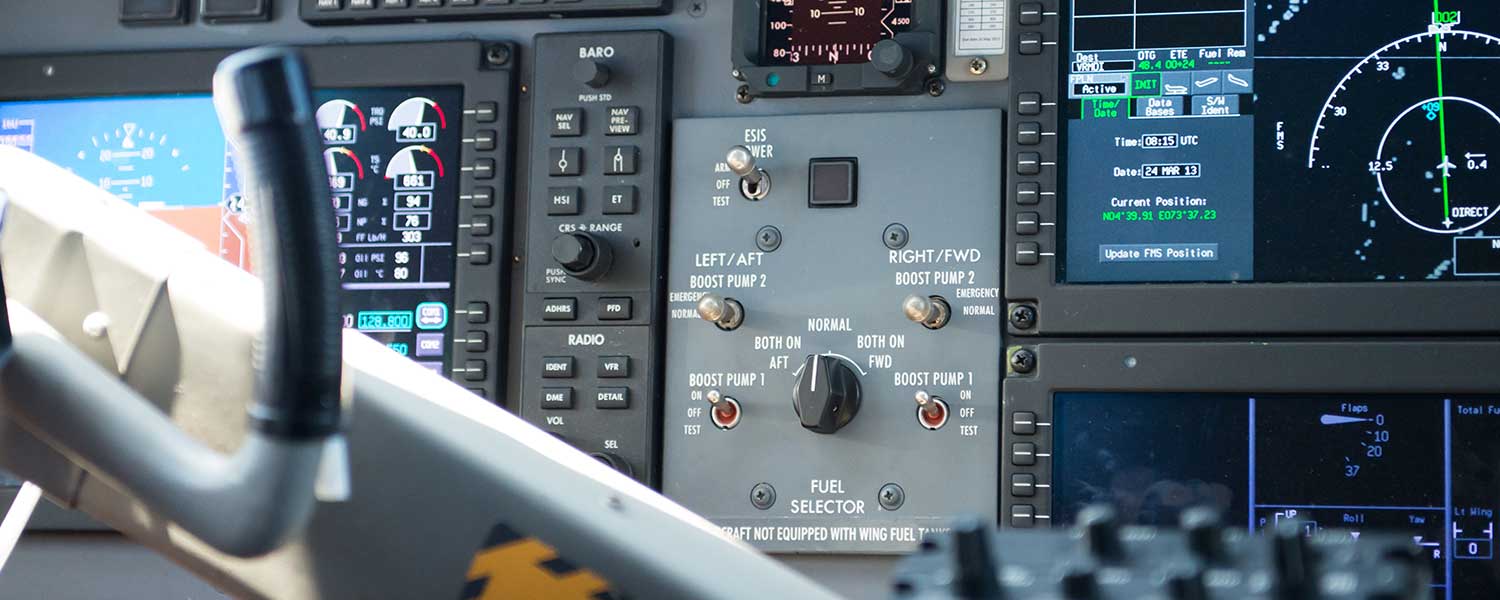
Reinforce safety by becoming an Instrument Pilot.
It is a known fact that flying at night is much more difficult than flying during the day. That being said, in both Canada and Europe, an instrument rating is required by law in order to fly at night. With an instrument rating, a professional private pilot is no longer limited to flying only by visual references. He can now enter the clouds for the first time, flying solely by the instruments within the cockpit. Having an instrument rating will give you peace of mind during low visibility and low ceiling situations.
All students are trained vigorously on instrument flying in our flight simulator as well as in a physical aircraft. Navigation in both a simulator or actual aircraft requires great focus on each and every instrument, therefore allowing the student to perfect his instrument flying skills without the use of visual references. During training the student will be trained to fly on instruments during climbs, descents, straight and level flight, standard rate turns, steep turns, holding patterns, precision and non-precision approaches, normal procedures, abnormal procedures, and emergency procedures. Additional topics covered in this course are ATC communications, navigation from one airport to another, pre-flight planning, fuel planning, instrument testing prior to takeoff, weather evaluation, and Cockpit Resource Management. CRM is the utilization of all available resources that include situational awareness, optimal decision making, communication, stress, and a discussion of various scenarios that an instrument pilot may encounter.
Student pilots undergoing instrument training will always be trained by a certified instrument pilot and be evaluated by their instructor on each and every flight. All trainees will need to meet the minimum FAA requirements and obtain whatever additional time is necessary to ensure they are comfortable with instrument flying and can conduct a safe operation. The instructor pilot will make the final decision in determining if and when the student can be or will be scheduled for his written examination or flight test. We believe there is absolutely no sense is rushing a student through instrument training since each person learns at their own pace. Once licensed, the student, now pilot, will be categorized as a professional private pilot with an instrument rating. It is now up to you to maintain your proficiency by continuing to practice what you have learned.